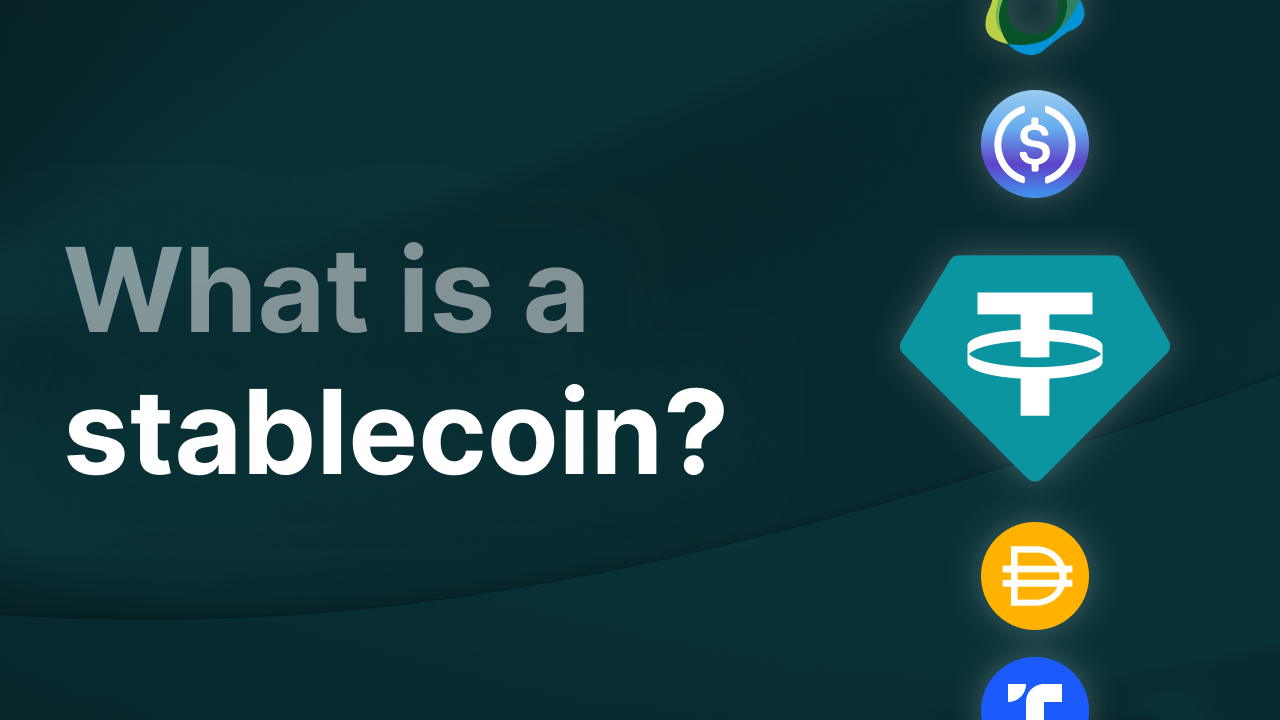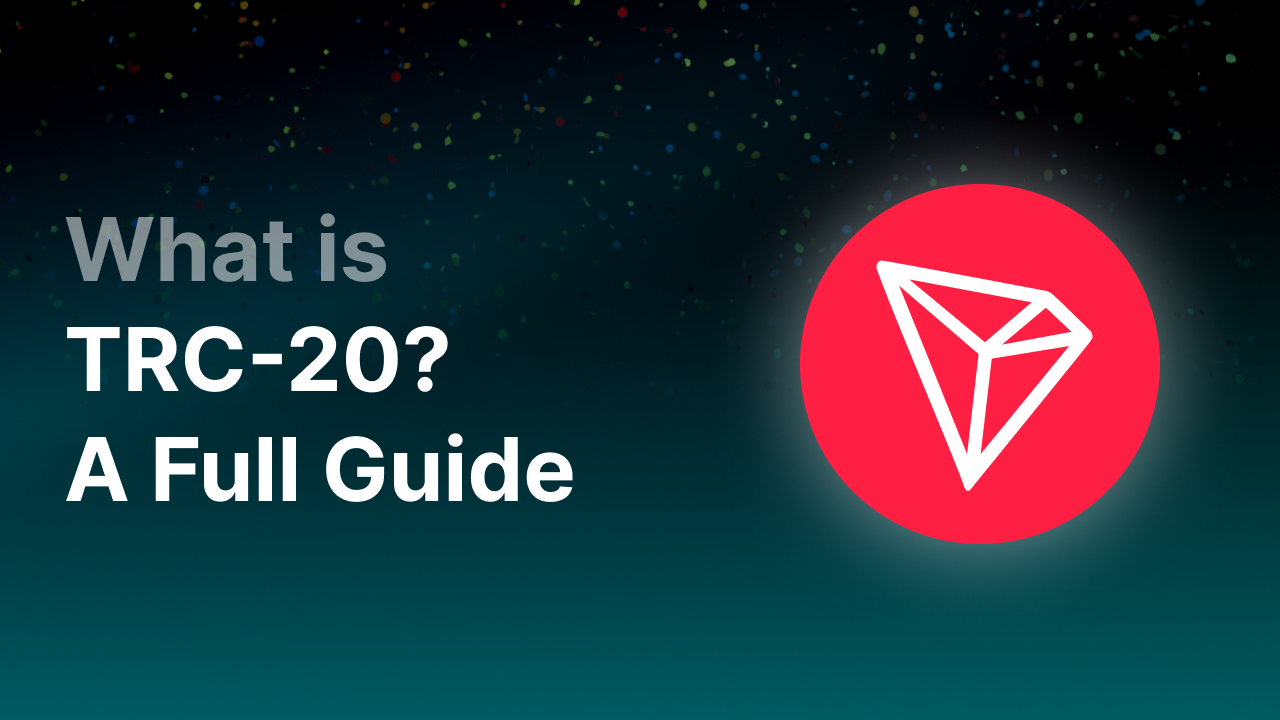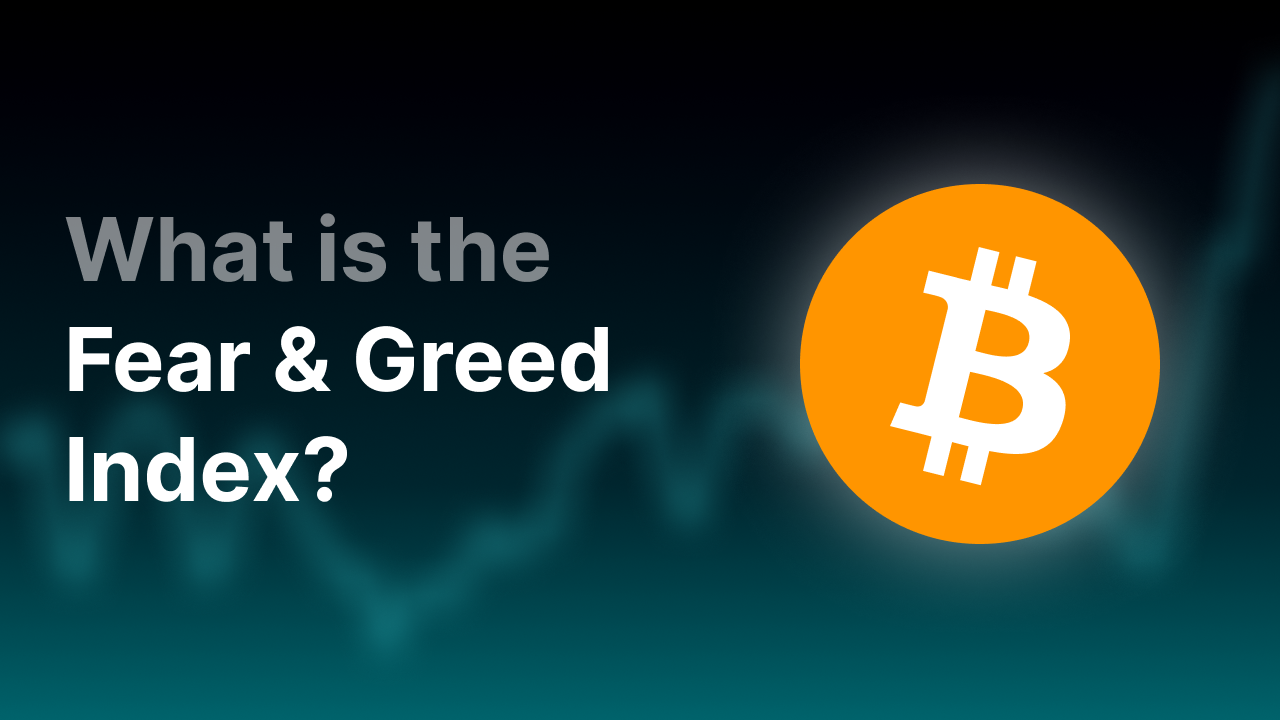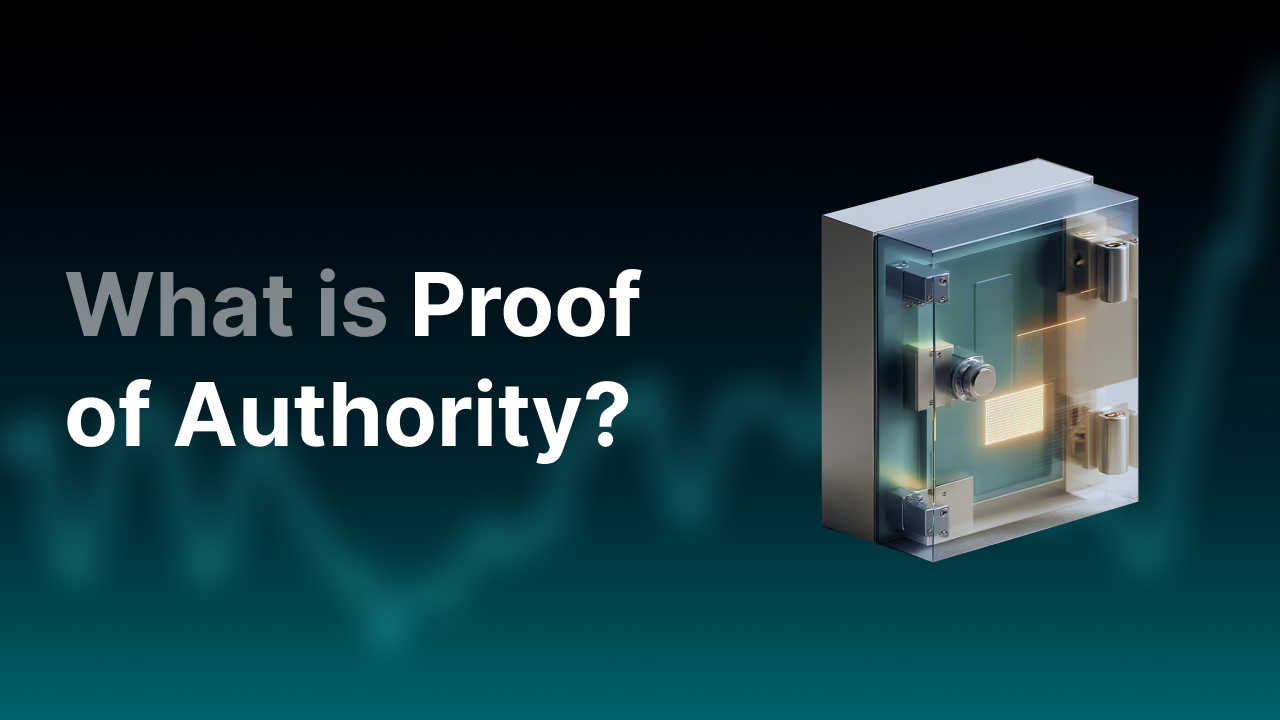O que é uma stablecoin e como funciona?

O que é uma stablecoin?
Uma stablecoin é um tipo de criptomoeda cujo valor está atrelado a outro ativo, como o dólar americano (USD) ou o euro (EUR). As criptomoedas são conhecidas por sua alta volatilidade, mas uma stablecoin tem justamente o objetivo oposto: oferecer estabilidade. Isso as torna especialmente úteis para transações dentro do ecossistema cripto. Ao contrário de moedas como o Bitcoin ou o Ethereum, cujo valor pode flutuar bastante, as stablecoins mantêm um valor estável por serem lastreadas por moedas fiduciárias.
As stablecoins foram criadas para reunir o melhor dos dois mundos: os benefícios das criptomoedas e a estabilidade das moedas tradicionais. Elas oferecem um valor previsível e, por isso, são mais práticas como meio de pagamento.
Pontos principais
- Stablecoins são criptomoedas cujo valor está atrelado a moedas fiduciárias, como o dólar ou o euro.
- O objetivo delas é proporcionar estabilidade ao mercado cripto e reduzir a volatilidade.
- Elas mantêm seu valor por meio de reservas de ativos ou mecanismos algorítmicos.
- São essenciais no ecossistema DeFi (finanças descentralizadas).
Como funciona uma stablecoin?
Uma stablecoin mantém seu valor por meio de um lastro em ativos. Esse lastro, também chamado de colateral, normalmente consiste em um ativo cujo valor cobre ou excede a quantidade de tokens emitidos. Por exemplo, um dólar para cada unidade emitida. Isso garante que o token realmente vale o que afirma valer.
Existem diferentes tipos de stablecoins que operam de formas distintas:
Lastreadas em moeda fiduciária
As stablecoins mais comuns são lastreadas em moedas fiduciárias, como o dólar americano. Para cada unidade de stablecoin, um valor equivalente é mantido em uma conta bancária. Um dos exemplos mais conhecidos é o Tether (USDT), uma stablecoin lastreada em dólar.
Lastreadas em criptomoedas
Algumas stablecoins são lastreadas em outras criptomoedas, como o Ethereum. Nesse caso, contratos inteligentes (smart contracts) e um excesso de colateral (acima de 100%) garantem a estabilidade, sem depender de uma autoridade central.
Lastreadas em commodities
Outras stablecoins são lastreadas em ativos físicos como ouro ou petróleo. Um exemplo é o Paxos Gold (PAXG), que é lastreado em ouro real armazenado em cofres. Isso aumenta a estabilidade do token.
Algorítmicas
Stablecoins algorítmicas não são lastreadas em nenhum ativo, mas utilizam mecanismos automatizados para ajustar a oferta e a demanda. Se o valor de mercado se desviar da meta (por exemplo, 1 USD), o algoritmo emite ou remove tokens do mercado para restaurar a paridade.
Um exemplo conhecido é o TerraUSD (UST), do projeto TerraLuna, que usava o token LUNA para manter a paridade com o dólar. Em 2022, esse sistema entrou em colapso, fazendo com que a stablecoin perdesse completamente seu valor.
Stablecoins algorítmicas oferecem mais descentralização, mas também são mais arriscadas em tempos de forte volatilidade do mercado.
Vantagens das stablecoins
As stablecoins se tornaram um pilar fundamental do universo cripto. Suas principais vantagens incluem:
-
Estabilidade de preço: Sua principal característica é a estabilidade. Em um ambiente volátil como o das criptomoedas, as stablecoins oferecem um porto seguro, útil para preservar lucros.
-
Pagamentos: Devido ao seu valor estável, são ideais para pagamentos, inclusive em países com alta inflação. Também tornam transferências internacionais mais rápidas e baratas do que os bancos tradicionais.
-
Acesso à DeFi: As stablecoins têm papel fundamental nas finanças descentralizadas (DEX). Elas são utilizadas em smart contracts, fornecimento de liquidez e empréstimos, com menor risco de variações de valor.
Desvantagens das stablecoins
Apesar das vantagens, as stablecoins também apresentam riscos:
-
Colateral insuficiente: Se as reservas não cobrirem totalmente os tokens emitidos, a estabilidade do valor pode ser comprometida. Além disso, a estabilidade depende da manutenção do ativo de referência. Se esse ativo perder valor, a stablecoin também perde.
-
Regulamentação: Estando entre o mundo fiduciário e o cripto, as stablecoins enfrentam regulamentações cada vez mais rigorosas. Na Europa, o regulamento MiCA (Markets in Crypto-Assets) entrou em vigor em 2024, impondo exigências estritas sobre emissão, lastro e uso. Em 2025, o Tether (USDT) foi temporariamente removido de várias plataformas europeias por não estar em conformidade.
Exemplos de stablecoins populares
Hoje, há muitas stablecoins no mercado. Abaixo estão algumas das mais conhecidas:
Tether (USDT)
O Tether é a stablecoin mais usada, lastreada em dólar americano. Está disponível desde 2014. Apesar da popularidade, foi temporariamente removido de várias plataformas europeias em 2025 por não atender às exigências do regulamento MiCA. Ele só voltará após se adequar totalmente.
USD Coin (USDC)
USD Coin é outra stablecoin atrelada ao dólar. O USDC foi desenvolvido pela Circle e pela Coinbase e publica regularmente auditorias para comprovar suas reservas. Funciona em várias blockchains como Ethereum e Solana e é muito usada em DeFi.
Dai (DAI)
Dai é uma stablecoin descentralizada que não depende de moedas fiduciárias. É lastreada em criptomoedas e mantém seu valor por meio de um algoritmo. É gerida pela organização MakerDAO e é uma das poucas stablecoins completamente descentralizadas.
EURC (EURC)
EURC é uma stablecoin atrelada ao euro. Também foi desenvolvida pela Circle (mesmo emissor do USDC), e visa o público e empresas europeias. Ela estimula a adoção do euro no universo cripto.
Como escolher uma stablecoin?
A escolha de uma stablecoin depende do uso pretendido. Alguns critérios importantes:
Estabilidade e confiabilidade
- Verifique se há auditorias ou garantias de transparência nas reservas.
- Avalie a reputação do emissor e sua conformidade regulatória, especialmente no contexto europeu com a MiCA. A Circle foi uma das primeiras a se adequar totalmente.
Liquidez
- Quanto mais líquido for o stablecoin, mais fácil será trocá-lo sem grandes variações de preço.
- USDT e USDC são geralmente os mais líquidos.
Finalidade de uso
- Para pagamentos do dia a dia, USDC ou DAI são boas opções.
- Para uso em DeFi, verifique quais tokens são mais integrados às principais plataformas.
Regulamentação
- Uma stablecoin emitida sob um regime regulatório confiável oferece mais segurança e proteção legal.
Taxas
- Leve em conta as taxas de transação, principalmente se você fizer operações frequentes.
Qual é o futuro das stablecoins?
As stablecoins ainda estão em estágio inicial e devem crescer muito nos próximos anos. Até mesmo bancos centrais estão considerando lançar suas próprias moedas digitais (CBDCs), o que pode acelerar essa adoção.
Tendências a observar:
-
Regulamentação: Estruturas legais estão sendo desenvolvidas globalmente para supervisionar o uso de stablecoins.
-
Inovação tecnológica: Melhorias em blockchain e smart contracts tornarão as stablecoins mais eficientes e seguras.
-
Integração com o sistema financeiro tradicional: Stablecoins têm o potencial de conectar os mercados financeiros tradicionais com o universo cripto.
-
Crescimento das stablecoins em euro: A demanda por stablecoins lastreadas em euro está crescendo, impulsionando sua adoção na zona do euro.
Considerações finais
As stablecoins tornaram-se essenciais no ecossistema cripto. Elas oferecem a estabilidade que outras criptomoedas não conseguem garantir e são ferramentas valiosas para pagamentos, investimentos ou reserva de valor. No entanto, é fundamental compreender como funcionam e estar atento aos riscos relacionados ao seu lastro ou à conformidade com regulamentações. A escolha consciente de uma stablecoin permite aproveitar ao máximo seus benefícios.
__01KC926A15P1A0X3VR6DBBV1FK.png)



